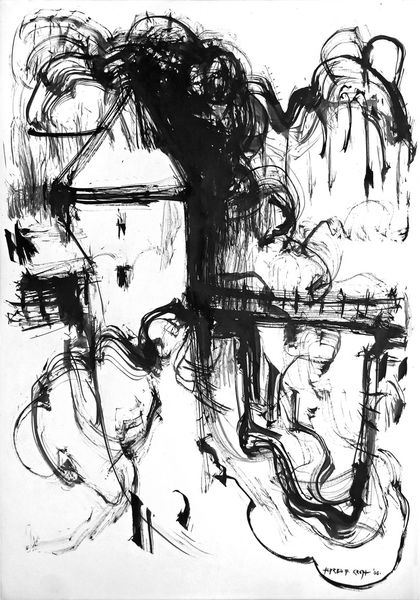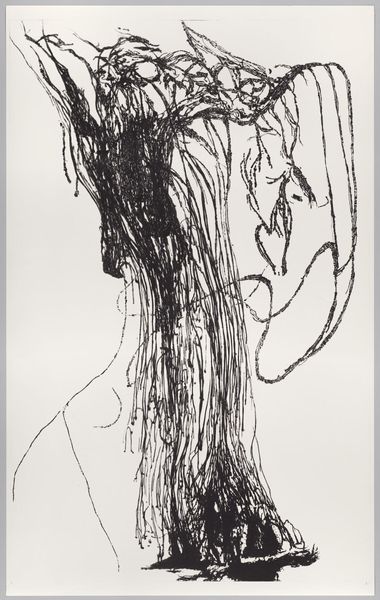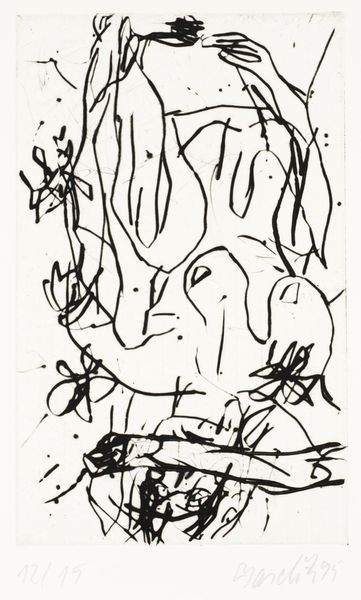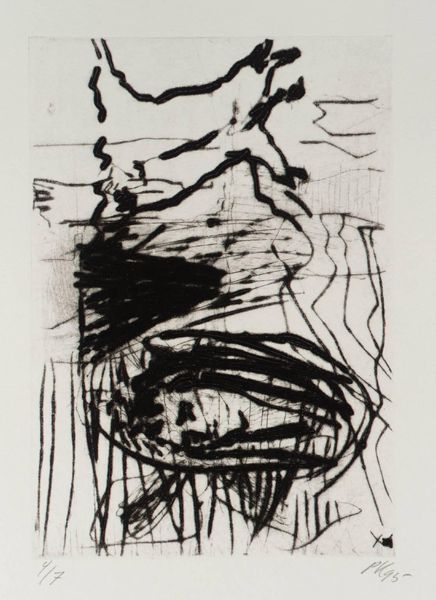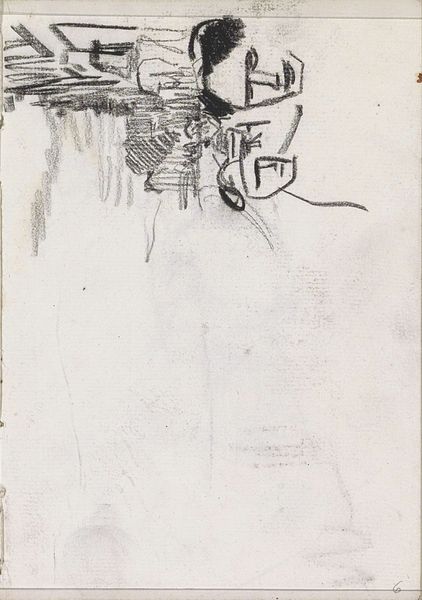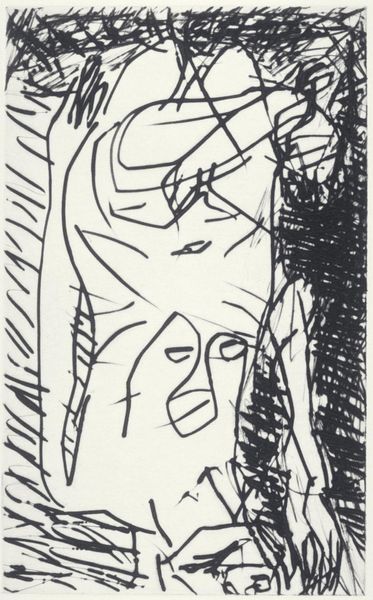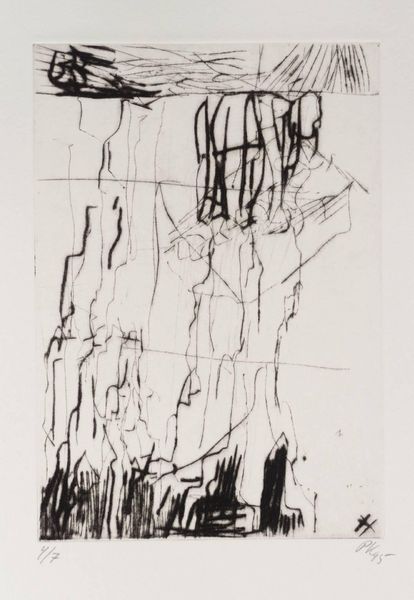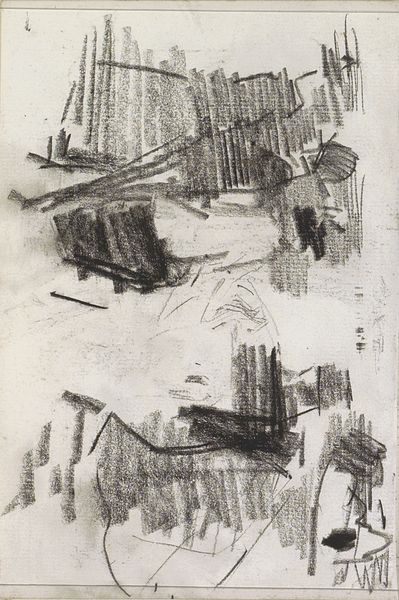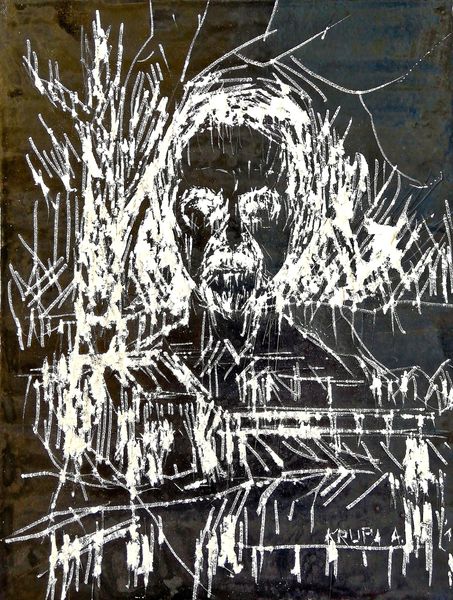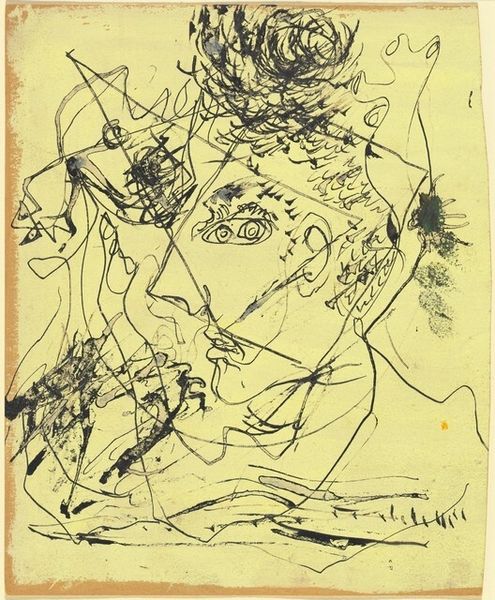
drawing, ink, pen
#
portrait
#
drawing
#
ink drawing
#
self-portrait
#
head
#
pen illustration
#
pen sketch
#
german-expressionism
#
junji ito style
#
figuration
#
ink line art
#
linework heavy
#
ink
#
famous-people
#
male-portraits
#
ink drawing experimentation
#
sketch
#
pen-ink sketch
#
expressionism
#
thin linework
#
pen
#
initial sketch
Copyright: Public domain
Ernst Ludwig Kirchner made this disturbing self-portrait in ink, at a time when he was dealing with mental health issues. The artist was a veteran of World War One, and his experiences in the war left him with PTSD, which he treated with morphine. In the Germany of the 1920s, a defeated nation struggling with economic hardship and political instability, Kirchner's psychological distress wasn't unique. His unsparing depiction of himself reflects a wider social mood of anxiety and alienation. Kirchner was a leading member of the Expressionist group Die Brücke, and his work often explored themes of urban life, alienation, and psychological trauma. As art historians, we can look at the Expressionist movement, the history of drug use in Germany, and the impact of World War One on the German psyche, to more fully understand this drawing. What can it tell us about both the man who made it, and the society that shaped him?
Comments
No comments
Be the first to comment and join the conversation on the ultimate creative platform.
